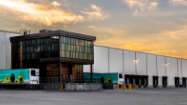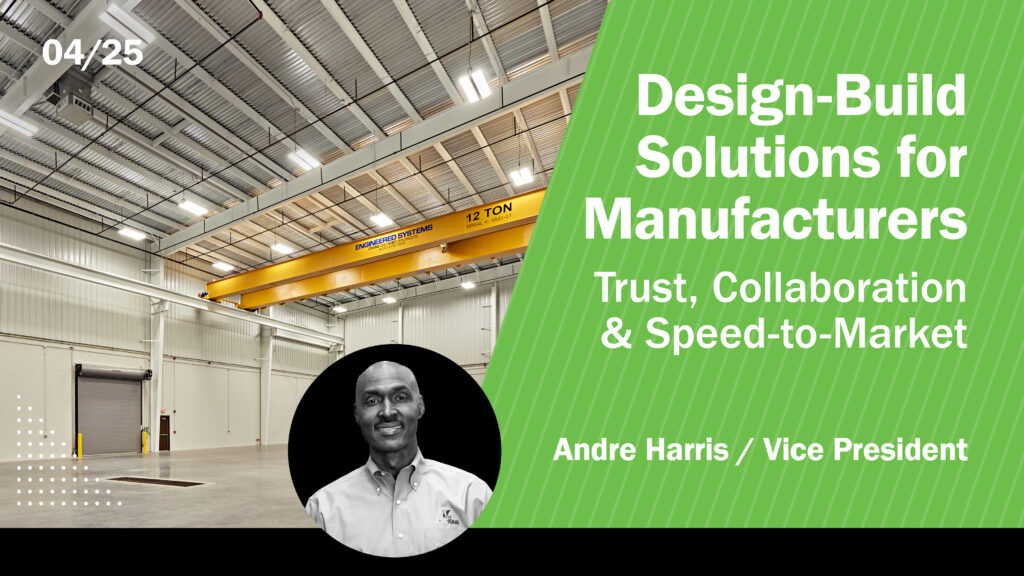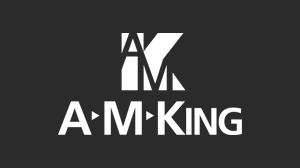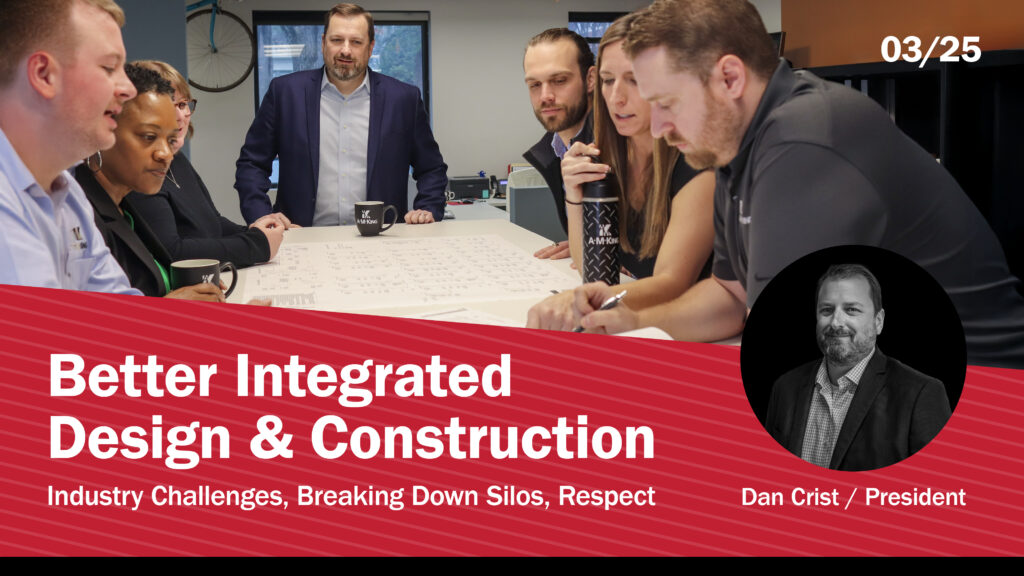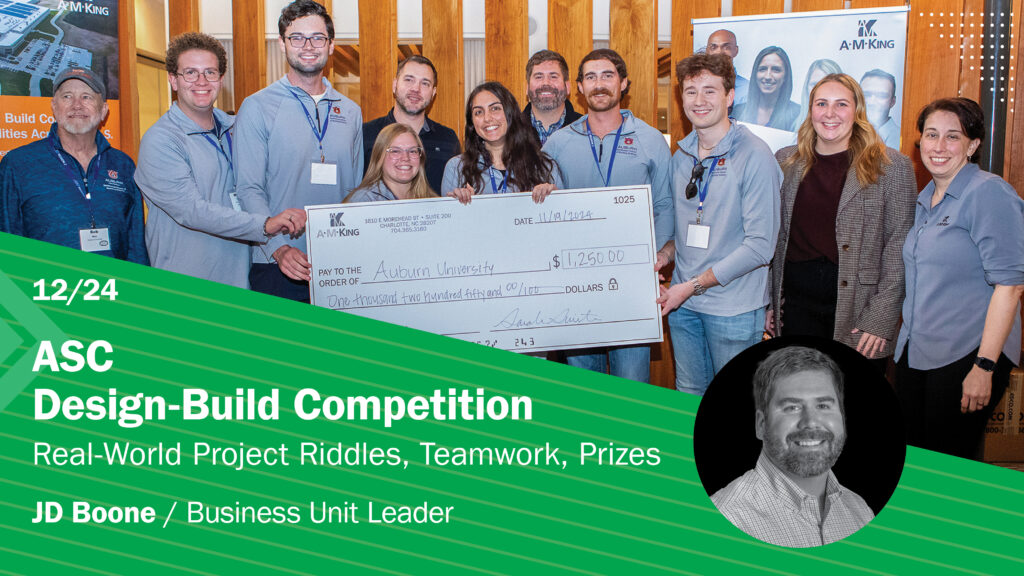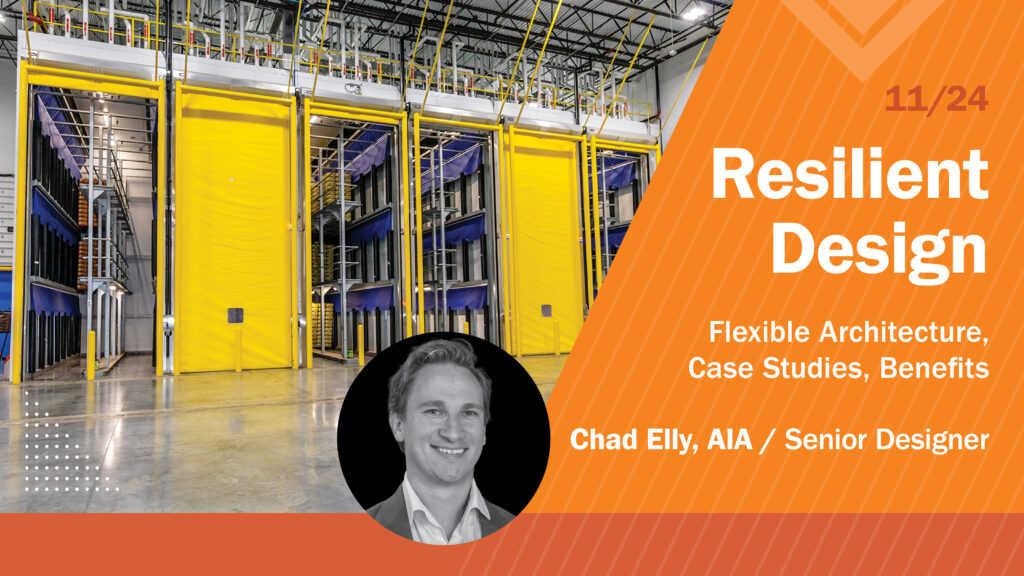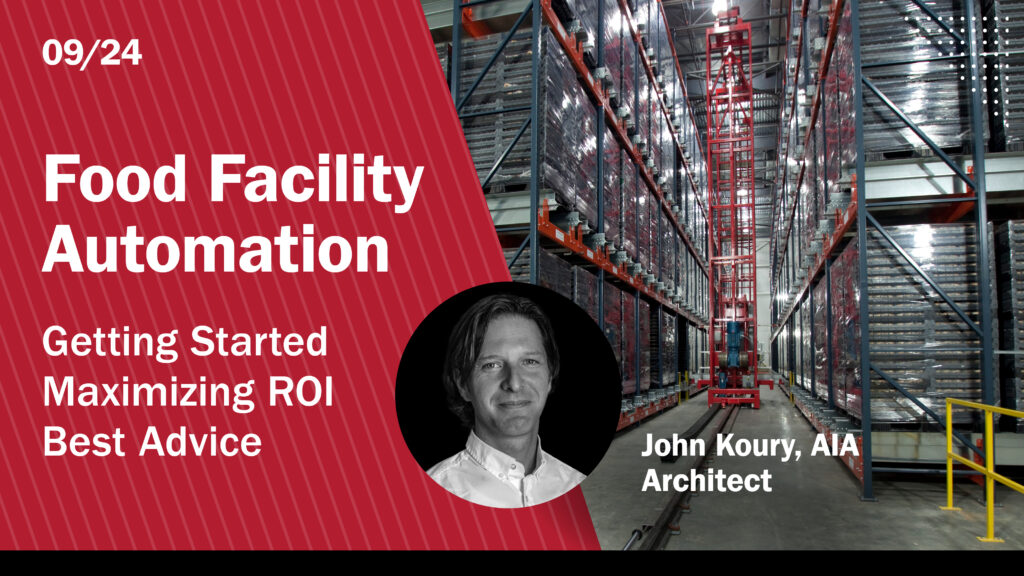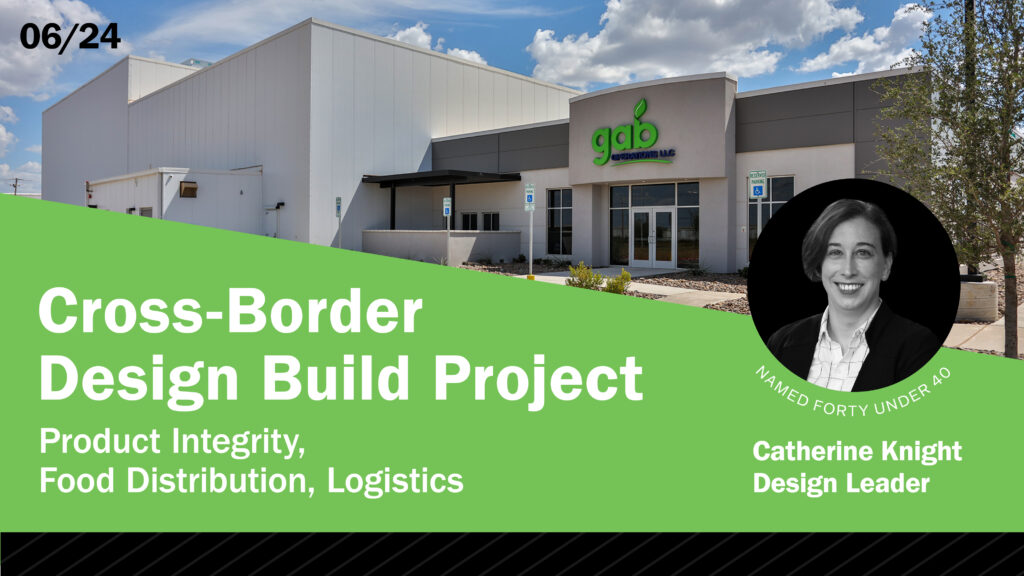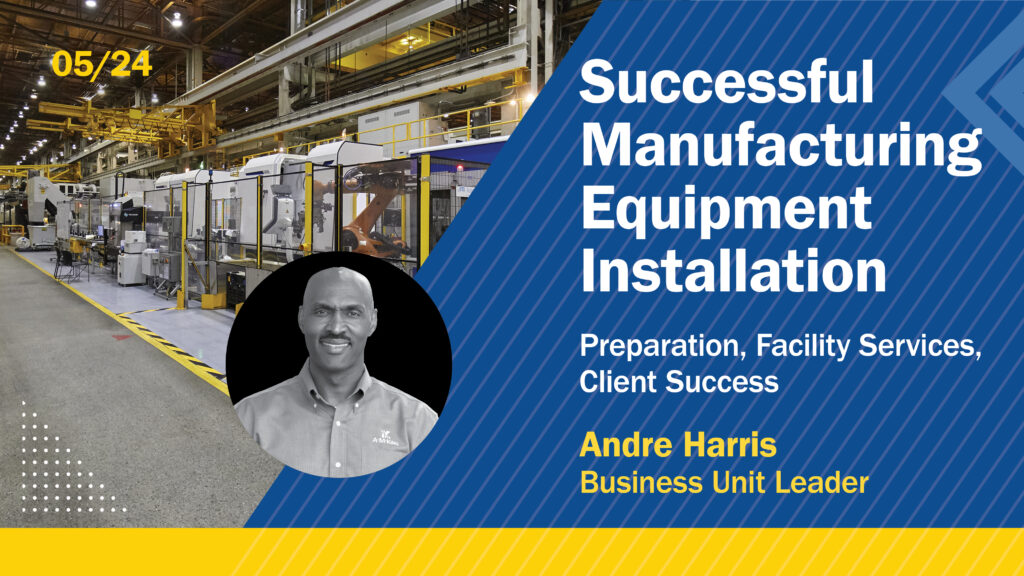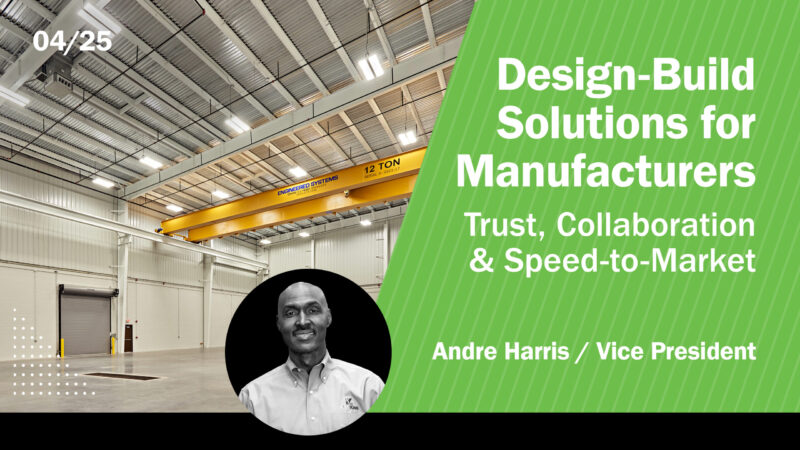
Design-Build for Manufacturers: Collaboration is King
People that I’m meeting for the first time often ask me how A M King brings value to manufacturing clients. I love having the opportunity to talk about our approach to industrial facility growth and development. Because each project is uniquely complex, our job, the service that we deliver, is to truly get to know our clients. That’s how we are able to offer superior Design-Build for manufacturers on an ongoing basis.
When I spoke with Scott Warofka, SC Biz News Associate Publisher, at the most recent South Carolina Manufacturing Conference, he asked me 10 questions, which I answered in this video interview. We covered many topics, including A M King’s distinctive Design-Build methodology, manufacturing equipment installation, and MÜNZING’s new U.S. production headquarters in Clover, SC.
In each of my answers I hope my passion for preparation, communication and collaboration is clear. These are the building blocks, not only for successful projects, but for lasting partnerships. Read on for highlights from our conversation:
Overview

Scott: Today I’m happy to be joined by A M King’s Vice President in Greenville, Andre Harris. Andre, good to meet you.
Andre: It’s nice to meet you as well Scott.
Scott: First of all, we should congratulate you for making our 2024 Manufacturing Power List last year.
Andre: Yes, thank you sir.
Scott: What accomplishments or projects are you most proud of that contributed to this recognition?
Andre: I’m most proud of the tenure we’ve had in South Carolina providing Design-Build for manufacturers. In addition, I’m proud of the teams we’ve been able to put together. There is a concept that we talk about where we don’t use teams to build projects, we use projects to build teams. And then just the growth we have seen. We’re a 20+-year-old company that has seen steady growth and we thank our people and our manufacturing clients for that growth.
Design-Build for Manufacturers
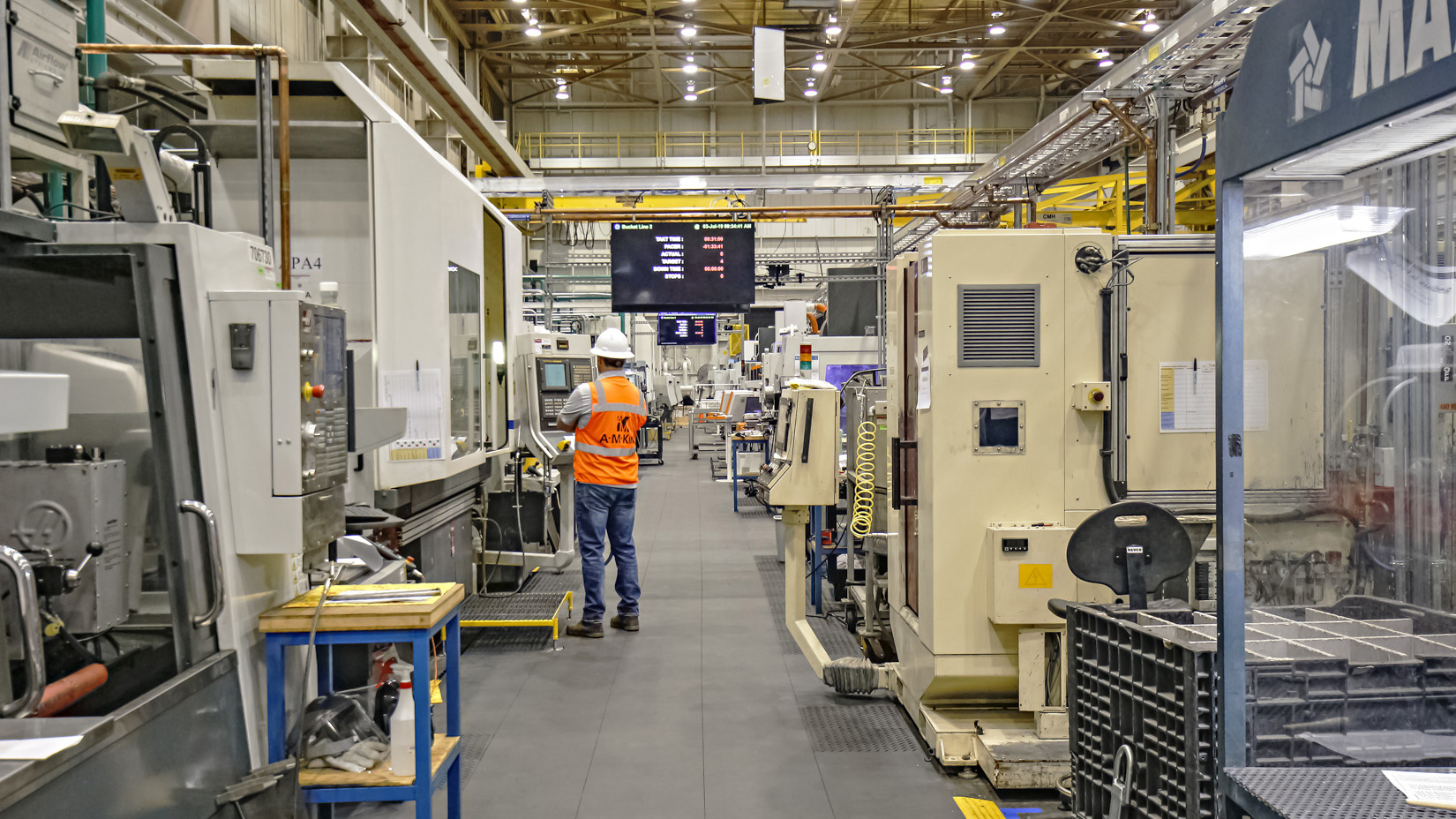
Scott: I’m sure our audience here at the conference will attest, you need fast, agile, adaptive solutions to problems that occurred yesterday. How do A M King’s Design-Build services specifically benefit your manufacturing clients?
Andre: So, Design-Build takes advantage of trust, collaboration and speed because you’re not having to do things in series, you can do them all at one time. We can minimize the downtime our clients are experiencing and get them back to manufacturing where they make money. Our design and construction teams also add value through their:
- Flexibility in working with multiple stakeholders on a wide variety of project types from processing to corporate upfits
- Experience with lean design principles
- Knowledge about how to overcome hazard and classification challenges
- Ease of coordination with Owner equipment and suppliers
Scott: Can you expand on why Design-Build works better for your industrial facility clients than the traditional Design-Bid-Build project delivery method?
Andre: With Design-Bid-Build, design is performed by a separate entity than those who actually build and there is a bid process between the two. A client who uses this method would have to write two separate contracts for the work with double the risk and possibly an adversarial relationship between the two disciplines. With Design-Build, we do all the work simultaneously under one contract with designers and construction professionals working together throughout the process. Collaboration is much easier when that designer is sitting right beside me.
Real-World Examples
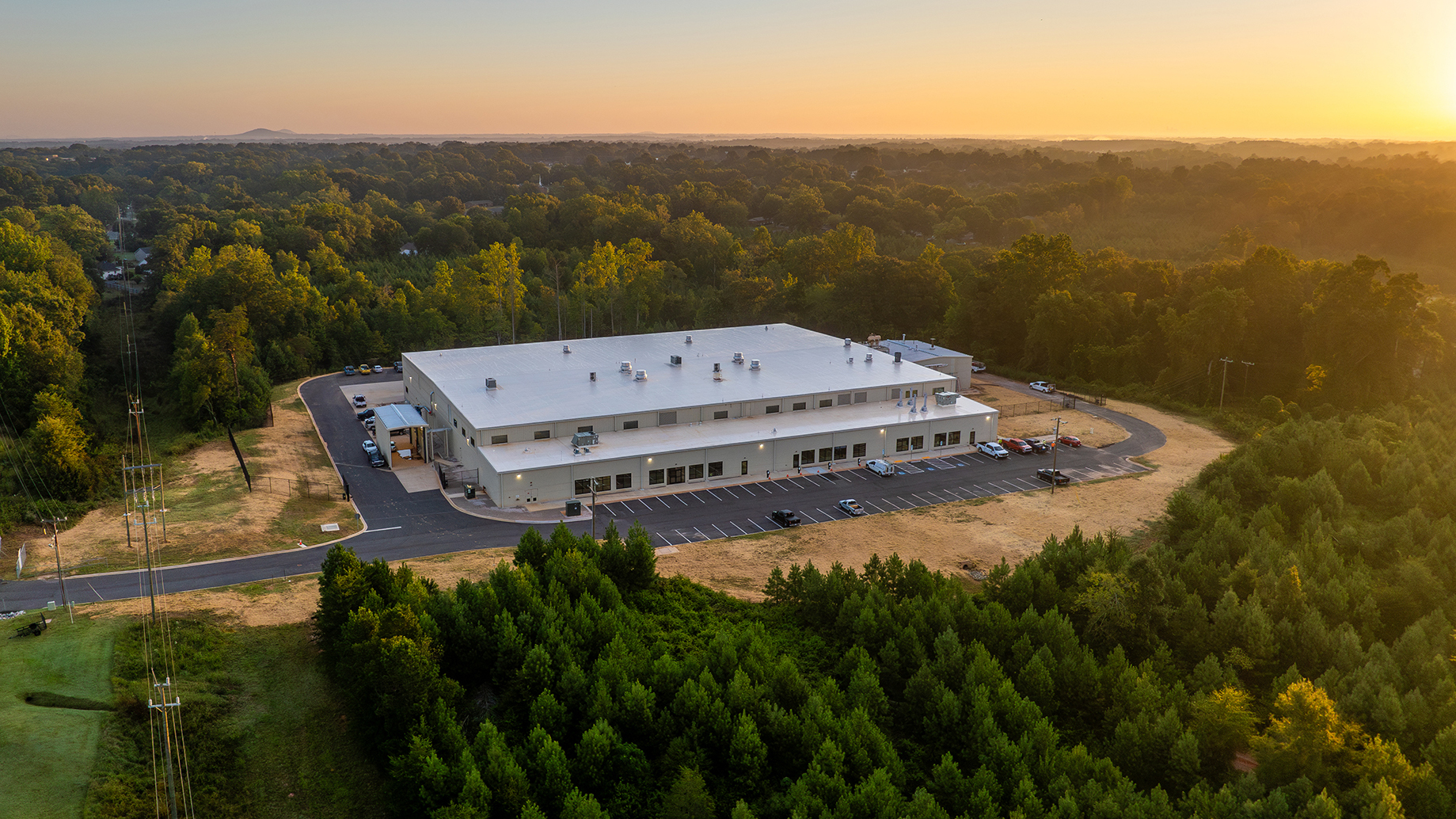
Scott: Before we came on stage, I mentioned I found out about you through your MÜNZING project. Tell me a little bit about that.
Andre: Last fall, we completed a greenfield facility for MÜNZING North America’s U.S. production headquarters in Clover, SC., supporting expansion of the company’s food-grade and non-food-grade additives business.
Scott: What is the life cycle of a project like this?
Andre: We engaged with MÜNZING early in 2020, gathering information about their proprietary process. Our goal was to understand that and then wrap a building around that process. We spent time with their process engineers and then our design team began working on the building in conjunction with their process execution.
We identified areas, for example, where we could consolidate resources and where they needed to remain separate. Let’s say that we’re using steam to heat a building but we’re also using steam to heat the product. There are certain process criteria we had to meet to prevent contaminants from going back and forth.
Scott: A M King also specializes in manufacturing equipment installation. And I was thinking about some of the folks that have come to visit here in the energy, automotive and aerospace industries. They ordered equipment and it’s delivered, now what do they do with it?
Andre: There’s really nothing simple about the manufacturing processes that our clients each have. It takes specialized equipment and specialized utilities and specialized conditions. Some of our clients’ processes require dry air with certain specifications to prevent impurities, for example. We need to understand what’s needed and address those concerns before the equipment arrives so that we can deliver the project when we say we’re going to do it.
Collaboration is King
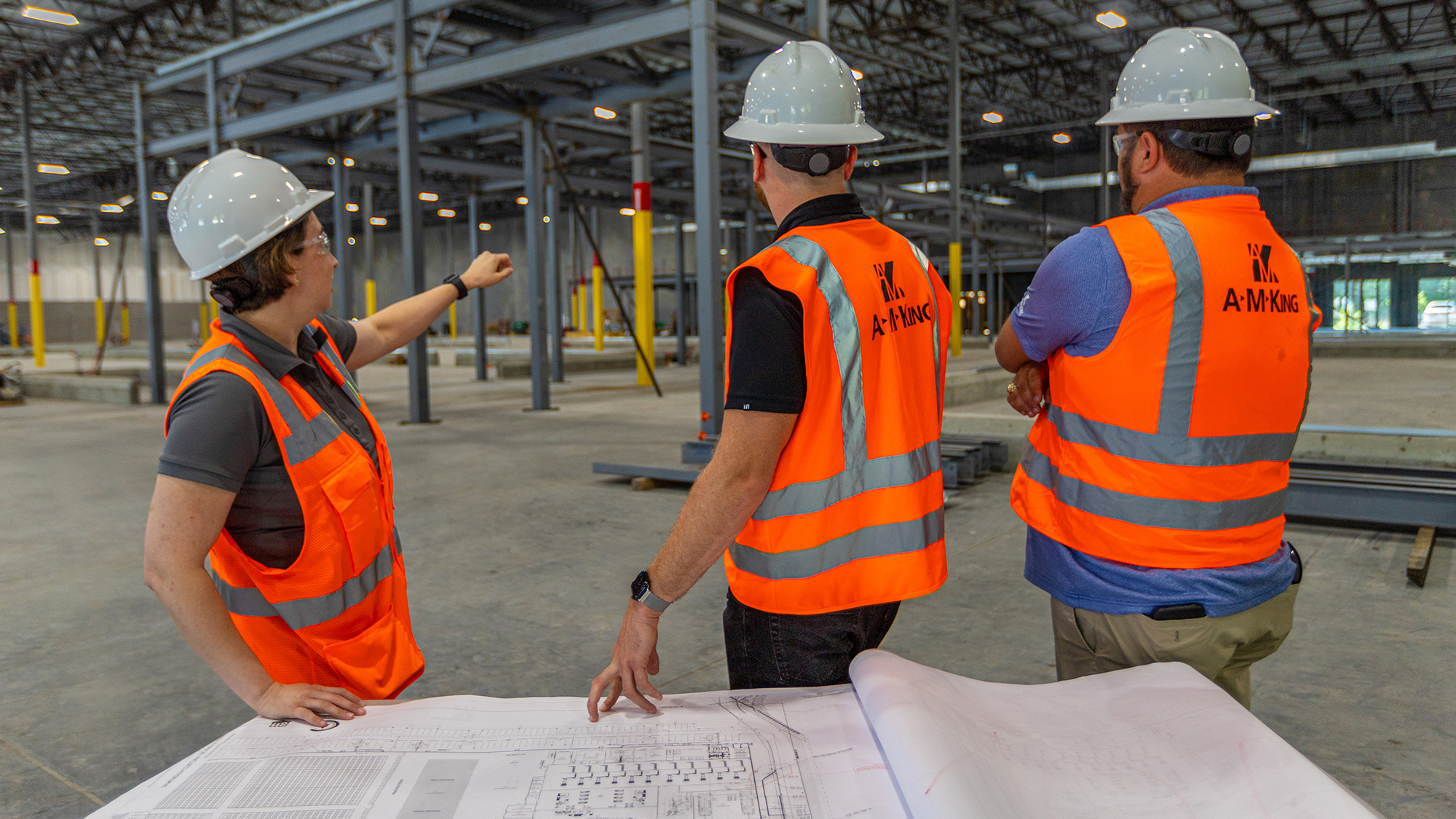
Scott: So obviously you need technical expertise, but you also need soft skills in order to excel – collaboration being one of those things.
Andre: Collaboration might be the single most important part of Design-Build for manufacturers that we deal with. If we can’t communicate clearly, we can’t concisely transfer information back and forth. If you’re my client Scott, I’ve got to understand your process, your timing and the obstacles that are keeping you from being valuable. My goal is to add value to you.
At the same time, we’ve got to communicate back to you what the industry says you can and can’t do (i.e, what the switchgear vendor says, or the code officials, or the OSHA inspector). Even after our MÜNZING project was complete, we still had weekly meetings with the client. They just bought a world-class, high-tech facility and an owner’s manual might not suffice. So, we’re going to show you how to run it.
Scott: What I think is really interesting is we tend to think that’s a very transactional process. It’s like, I need this, you do this. But you’re telling me that this is an ongoing process, learning how to operate it, learning the efficiencies, and how to optimize.
Andre: Yeah, you are right on the money. Design-Bid-Build is transactional. Design-Build for manufacturers is relational, so you have to collaborate throughout the project. It’s a team process. It’s ongoing. We’re in it together.
We want to be your Design-Build solution, not just for this project, but add value to your company for as long as you’ll have us.
Advice for Future Leaders
Scott: We’ve got some folks here who are just starting off in their career. What kind of advice can you give them?
Andre: People are our most valuable resource. For students and young managers coming into the industry I have a few pieces of advice:
- Create networks and relationships with people who share your values. Meet with them in person, at least some of the time.
- Pay attention to your client’s process, not just what I do or what I bring to the table, but what do they do? What does MÜNZING make? What’s interesting about it? What’s different about it? What does ZF Transmissions do? What does GE do? How are these companies succeeding against really large competitors and how can we help them with future growth? These answers will fuel innovation and change that you’re going to need over the next 20 to 25 years to stay relevant and valuable in the industry.
- Learn how to enjoy the person that you work right next to. Pay attention to their needs, their emotions, the things that motivate them, the things they say and why. Your soul and your spirit tell you what to do after you learn that information.
Putting time and energy into showing that you care about your clients and your colleagues is paramount, and I think that’s what A M King has demonstrated over 20 years.
Scott: So that was 10 questions and that was fast. And you and I could talk forever. I’m going to want to spend some more time with you at some point.
Andre: I look forward to it, Scott. Thank you very much.
